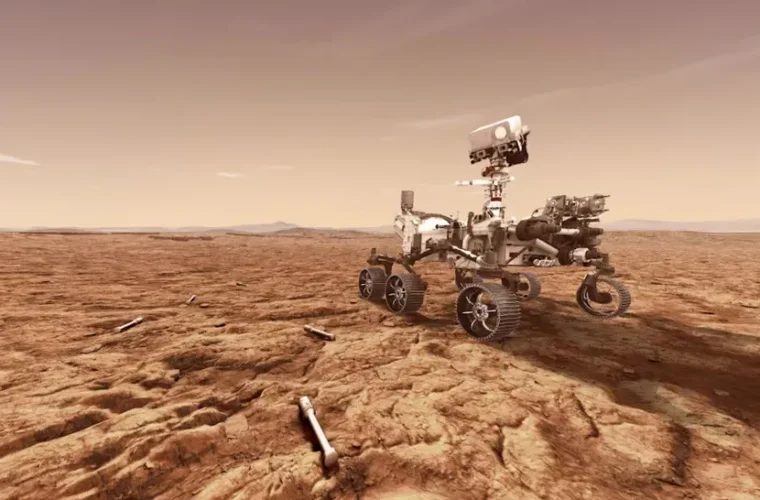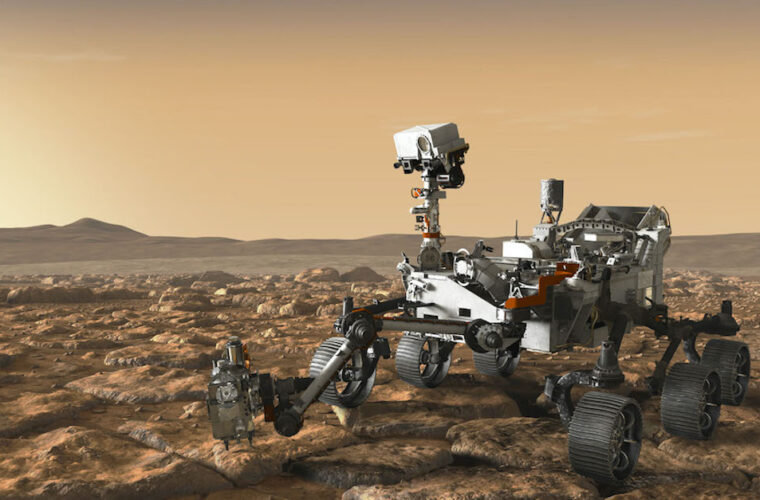Voyager 1 has been unable to communicate properly with NASA since November 2023, when the probe sent the operators monitoring it from Earth an incomprehensible series of zeros and ones due to an as yet unknown error. Five months later, scientists from the US space agency managed to decipher some cryptic signals. Some of the illegible data from the Flight data subsystem (Fds), one of Voyager 1’s three on-board computers, has been decoded by an engineer from NASA’s Deep space network.
Apparently, the strange binary code was nothing more than a record of the Fds’ memory, containing computer code, instructions on the probe’s primary mission, and a record of the variables influencing the spacecraft’s behaviour. NASA has let it be known that it will compare this data with that sent before Voyager 1 failed to identify any discrepancies in the source code. The work will take time. Currently, communication with the probe takes almost 45 hours due to Voyager 1’s current position, which is more than 24 billion kilometres from Earth. But it is only a matter of a few weeks before the experts can restore the connection.
The Long Voyage of Voyager
Voyager 1 and its twin, Voyager 2, are the modules that have gone the furthest in the history of space travel. Departing from Earth in 1977 to explore the outer solar system, they flew over several planets and then embarked on a journey into interstellar space. The two probes carry so-called Golden Records, gold-plated discs containing information about human beings, the position of our planet, units of measurement used in science and the atmospheric characteristics of the Earth. This is not the first time spacecraft have had communication problems with Earth. In 2023, Voyager 2 also went through a silent period due to sending an incorrect command. The anomaly deflected the probe’s primary antenna, preventing it from receiving signals from NASA. To solve the problem, scientists used a powerful transmitter to force the probe to ‘turn’ towards our planet to receive the correct code.

Mystery solved
However, the periods of radio silence of the two Voyagers do not mean a loss of valuable information for astronomers. ‘The Voyager technology does not require constant monitoring,’ Calla Cofield, NASA’s Jet Propulsion Institute spokesperson, explained to Wired US. ‘Since they are exploring that region of space from a great distance, an interval of a few weeks will not compromise the results of the studies,’ she told Wired US. The spacecraft will not be able to communicate data forever. The twin probes are equipped with plutonium-238 radioisotope thermoelectric generators. Sooner or later, the battery will run out, and Voyager’s communication systems will shut down. At that point, the probes will be left alone with their Golden Records.
Be that as it may, the most important thing is that words of optimism are coming from JPL: it will take weeks, if not months, to develop a software update capable of ‘bypassing’ the corrupted portion of the memory, but the engineers say they are confident that they will be able to find a solution that will enable the FSD to restore regular operation and thus return to receiving data from the scientific instruments still in operation on Earth. The anomaly has affected the communication system used by the onboard computers to transmit telemetry and status data from the various instruments. Still, according to the mission team, the pro is otherwise healthy. Voyager 1 and its twin Voyager 2 are the only man-made objects to have reached the heliopause, the boundary region of the Solar System beyond which radiation from interstellar space takes over from the solar wind.



